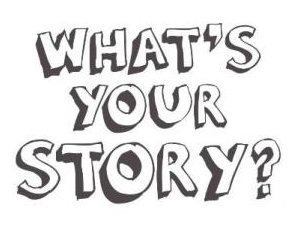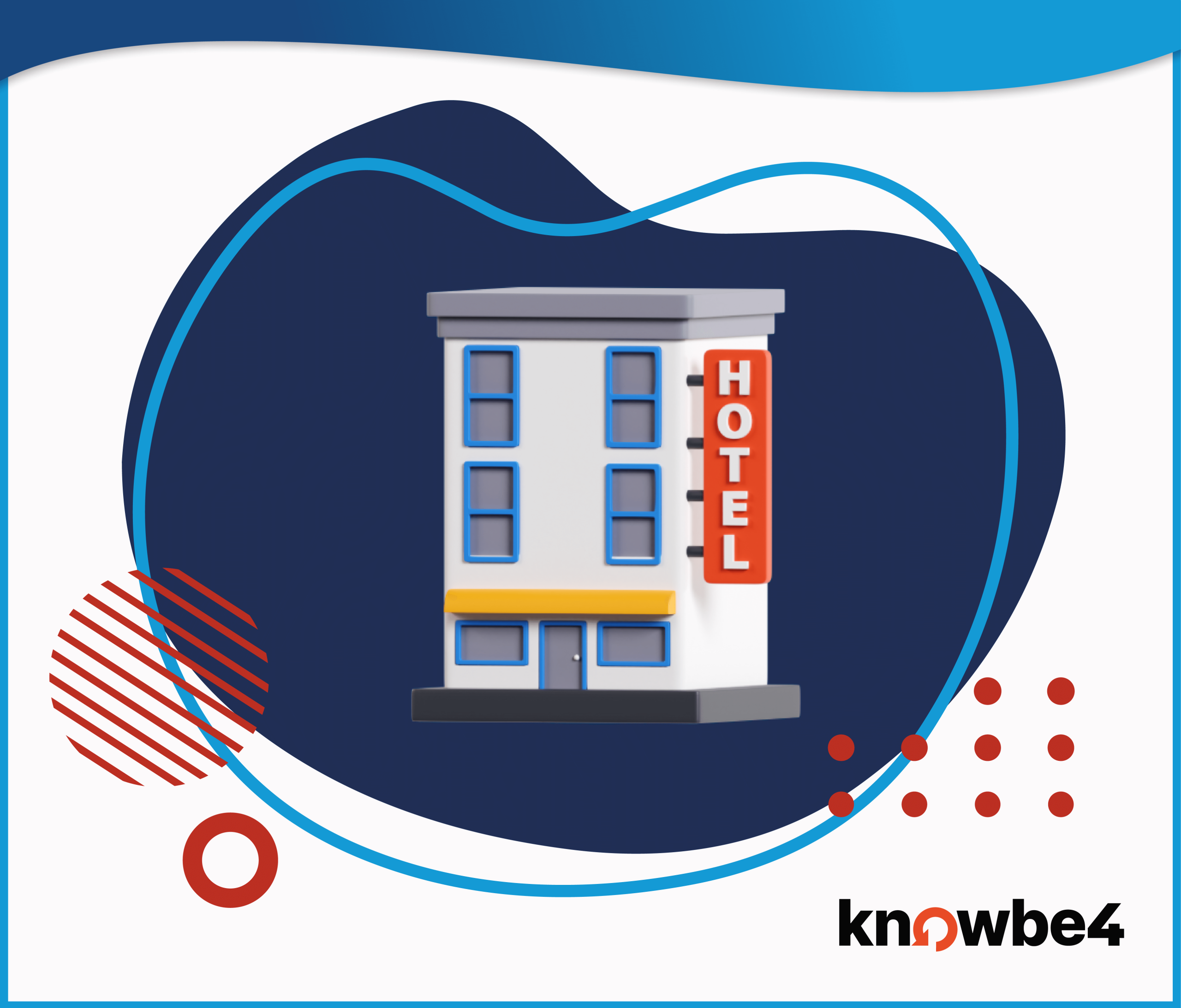 Jeff Gorman – [President]
Jeff Gorman – [President]
In the past year, I have had the opportunity to visit a variety of businesses and college campuses outside of our region for various reasons. Each destination stands apart as unique from the others in obvious ways. Geographies are different. Employee and student demographics vary. Values, mission statements, and marketing approaches are each distinct. These all serve a purpose in helping establish an image with employees or prospects, but amid a myriad of options for organizations providing services, those factors alone tend to get lost in a mountain of data and ambiguity. What strikes me as creating true clarity and uniqueness of an organization are the stories told by its members and its actions.
While values and mission statements are important and set the clarity waypoint for acceptable behaviors and desired outcomes, in essence defining whom an organization aspires to be, the stories shared with outsiders become the true artifacts that define how an organization actually exists.
I recall, for example, a company I visited shared their company values with the visiting group. I do not recall any of their unique values other than their concern for the environment. I remember that value because of their stories around providing stipends for workers that lived within a small distance from their office to allow them to ride their bikes to work, stipends for workers who purchased hybrid vehicles, and the company providing free bike service to employees. The value of environmental awareness is aspirational and admirable, but the stories of how they are living those values are memorable and differentiators.
 Similarly, while on a visit to another organization a topic of discussion was their concentration on measuring output toward specific goals. Clearly, that is not a unique differentiator; all performance driven organizations work to measure against goals to track success. This organization, however, worked with employees to determine interactive ways to have ‘scorecards’ accessible and highly visible to all employees, regardless of their access to online resources. Tubes with colored golf balls became bar graphs for plant-floor employees. Magnetic name and skillset badges on metal boards were used to track staff availability, display critical needs, and perform resource planning daily. The organization’s collective collaboration provided the memorable evidence of their non-unique goal. I am confident if it made a lasting impression on me in a one-day visit, it has made an exponentially greater impact to the organization in terms of employee engagement and clarity of purpose.
Similarly, while on a visit to another organization a topic of discussion was their concentration on measuring output toward specific goals. Clearly, that is not a unique differentiator; all performance driven organizations work to measure against goals to track success. This organization, however, worked with employees to determine interactive ways to have ‘scorecards’ accessible and highly visible to all employees, regardless of their access to online resources. Tubes with colored golf balls became bar graphs for plant-floor employees. Magnetic name and skillset badges on metal boards were used to track staff availability, display critical needs, and perform resource planning daily. The organization’s collective collaboration provided the memorable evidence of their non-unique goal. I am confident if it made a lasting impression on me in a one-day visit, it has made an exponentially greater impact to the organization in terms of employee engagement and clarity of purpose.
If you have not spent time doing so, I encourage you to take time to look at your organization’s values and peel things back a bit to determine what your stories are that support those aspirations. As all companies work to market their differentiators amid a world of competition, some of your unique differentiators may be readily available in the stories that demonstrate your values.




